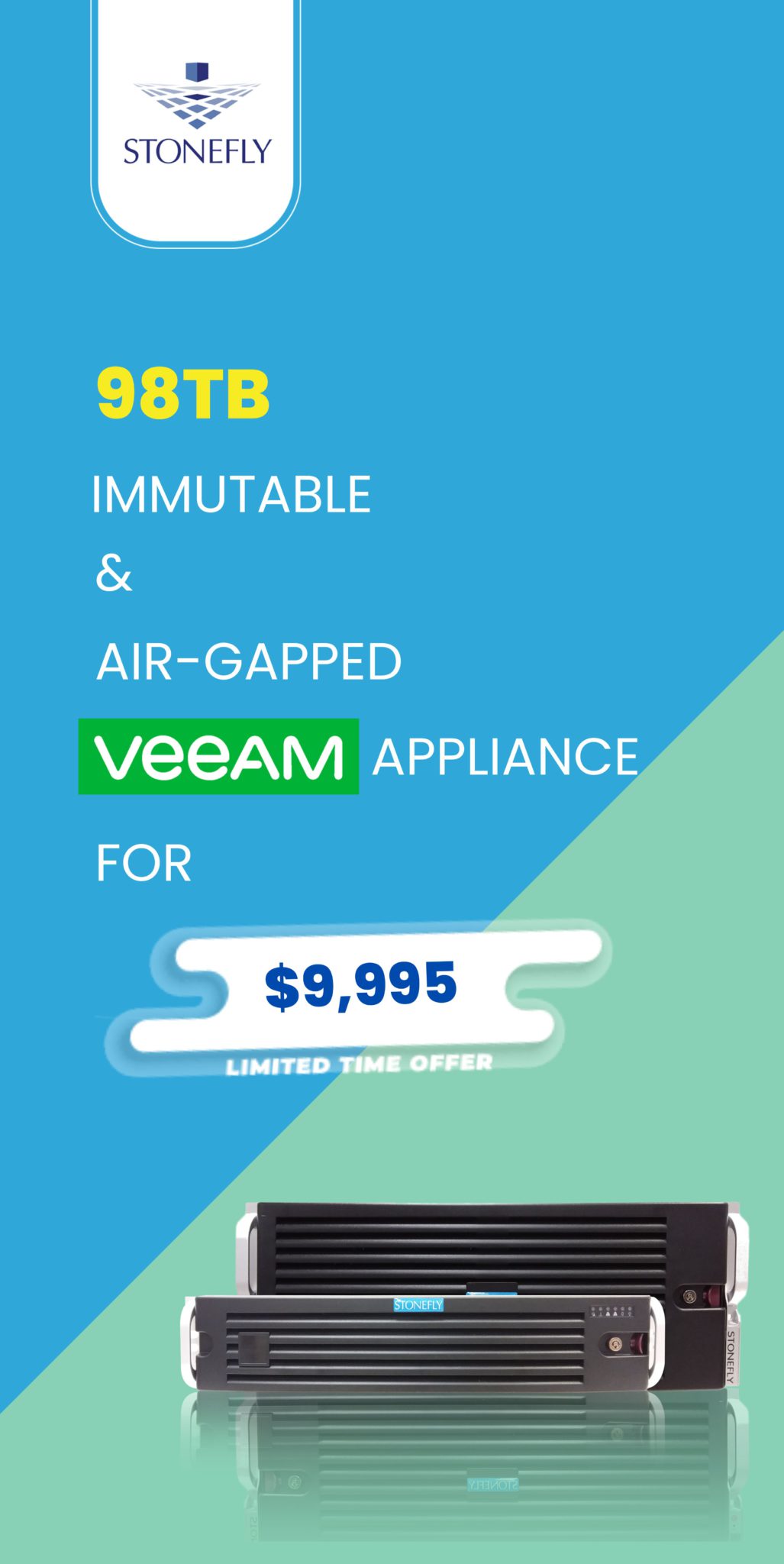When we think of data protection, we assume that only large enterprises need it that’s because their data is somehow more important than the data of SMEs (Small and Mid-sized Enterprises). Another thing that we assume is that data protection is very expensive and it requires large systems comprising of storage appliances, backup appliances and disaster recovery appliances.
Both assumptions aren’t true and this article will help debunk them.
Data Protection Strategy and Solutions: SMEs need them too
Contrary to the general perception, according to a report 62% of all cyber-attacks target SMEs. Compared to giant enterprises and technology adept service providers, SMEs are easier targets. Hackers attempt to infiltrate their infrastructure and gain information like PII (Personally Identifiable Information) or the financial information about the clients of the SME; this depends on the type of SME being targeted.

Cyber-attacks are just one of the ways data loss occurs. Other causes of data loss include, but are not limited to:
- Hardware failure.
- Power loss.
- Malware/Virus.
- Software/Hardware Upgrades.
- Accidental / Malicious Deletion
You might be thinking, “Okay, SMEs are major targets for cyber-attacks and are susceptible to data loss but how costly can a data breach or data loss be anyways?”
Cost of Data Loss for SMEs
As we are talking about cost, the first thing I want to mention here is GDPR (General Data Protection Regulation). If an SME does not have adequate backup and disaster recovery strategy and services setup, then they will have to deal with heavy fines. That means heavy cost implications even without a data breach or data loss.
According to a report, the average cost of recovery from a data breach for an SME ranges for $36000 to $50,000. In some cases of data breach, data recovery becomes almost impossible; this is of course, with the assumption that the affected SME does not use backup and recovery services.

This addresses one of the previously mentioned assumptions: Data Protection strategies and solutions should only be acquired by large enterprises. In light of the above mentioned facts, it is obvious that this is very wrong.
Now, let’s address the second assumption: Data Protection solutions comprise of large infrastructures with tons of appliances.
In response to this, allow me to introduce StoneFly’s innovative CDR365 Backup and Disaster Recovery Solution.
StoneFly CDR365: Backup and Disaster Recovery with and without the Infrastructure
StoneFly’s CDR365 is the perfect online backup solution. If you do not own a backup appliance, then you don’t have to acquire and setup one. Instead you can simply acquire this software based backup solution and setup your enterprise backup in the cloud.
CDR365 enables backup to AWS, Microsoft Azure cloud, StoneFly’s private cloud and to other private and public clouds. The application facilitates automated data backup in the cloud. It delivers easy to use interface with powerful functionality; making backup and disaster recovery simple, reliable and affordable.
CDR365 isn’t exclusively restricted to cloud backups. If you’re an SME that owns backup infrastructure, then you can integrate the innovative solution with your existing system as well.
CDR365 delivers image/bare metal backup, continuous and automated data protection, ransomware protection, centralized management console, scalability, simplified control and monitoring, synthetic full backups, compression, block level backup and more.
With CDR365 in mind, I’d like to mention here that the second assumption about data protection is also debunked. Large infrastructures or a giant number of appliances are not needed to setup efficient data protection. SMEs can easily do that with StoneFly’s CDR365 without investing large sums of money in infrastructure.
Bear in mind, CDR365 is also very cost effective. It doesn’t require the same amount of investment that would be required if an SME intended to setup a physical backup infrastructure. As it enables backups to public clouds, you can use the pay-as-you-go payment models offered by most public cloud service providers.
You don’t have to take our word about how amazing CDR365 is; you can experience the innovative backup solution yourself with a free trial.










